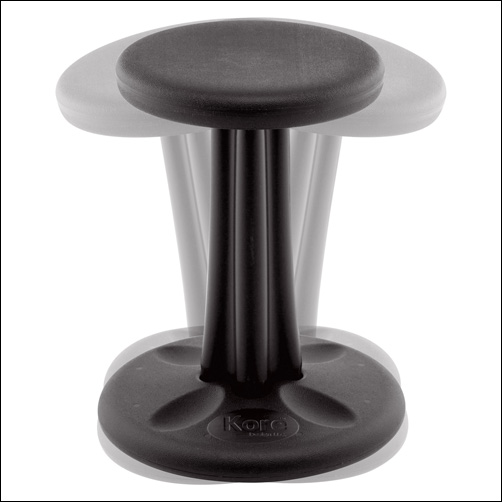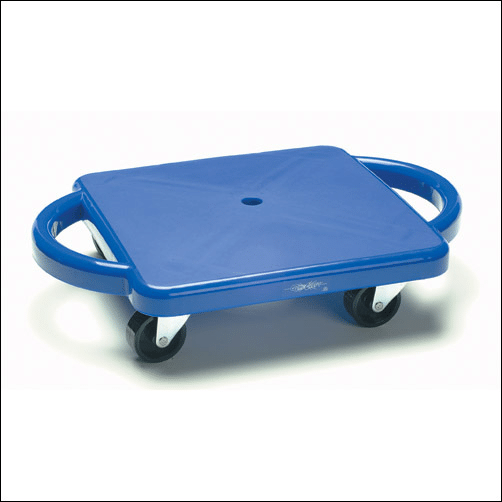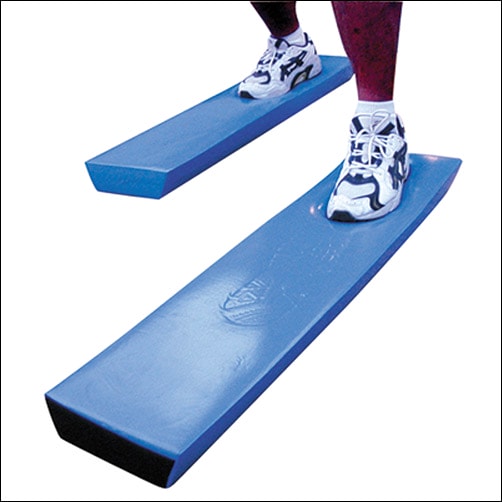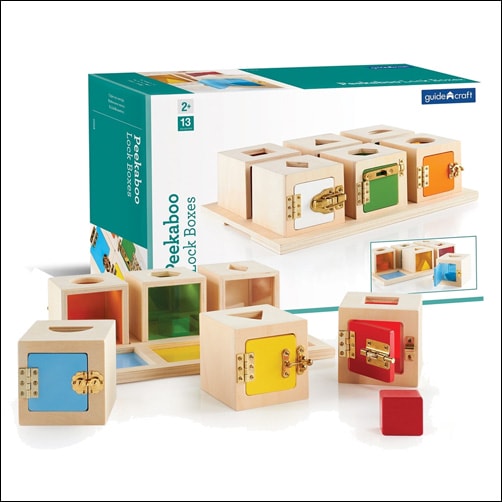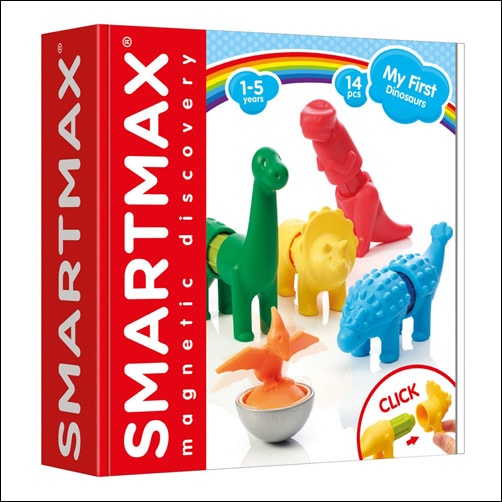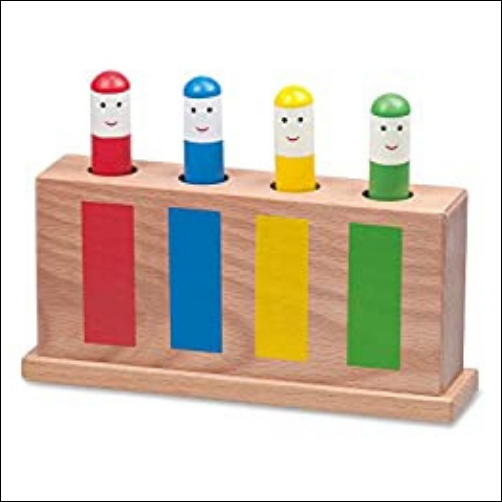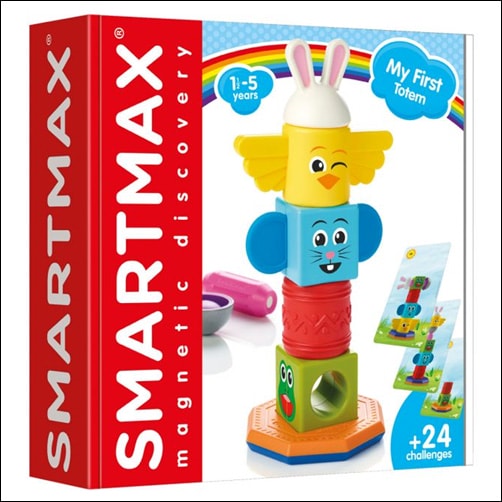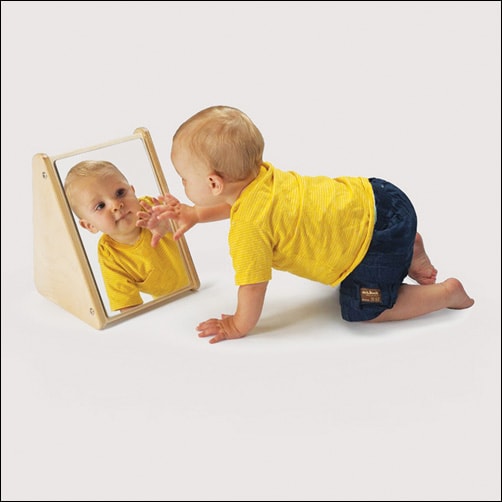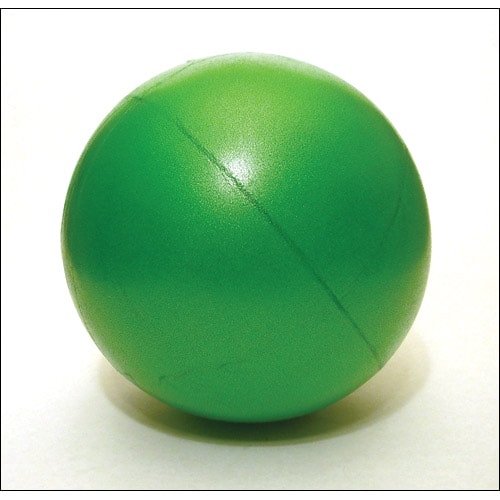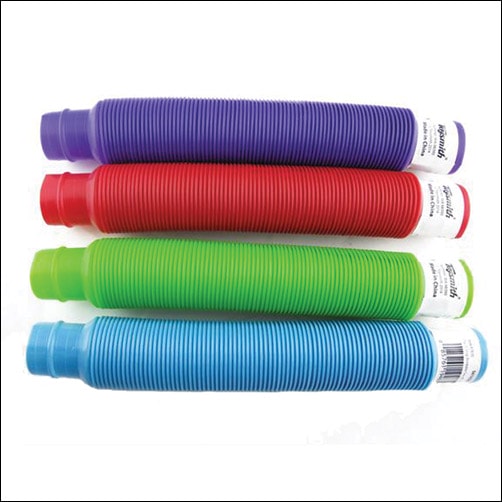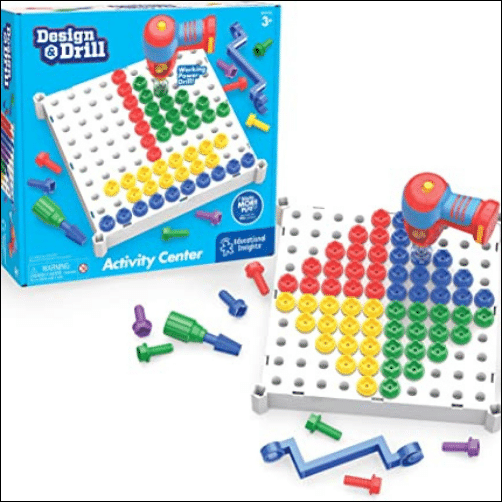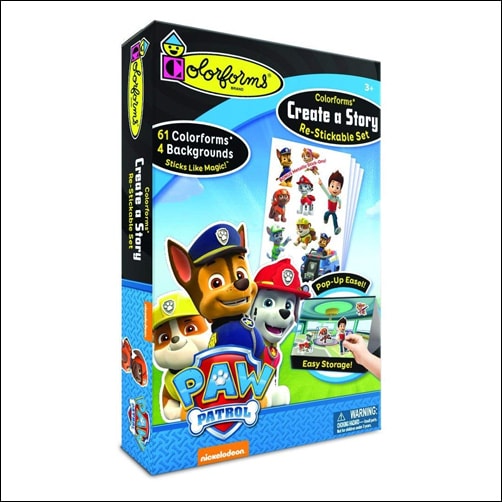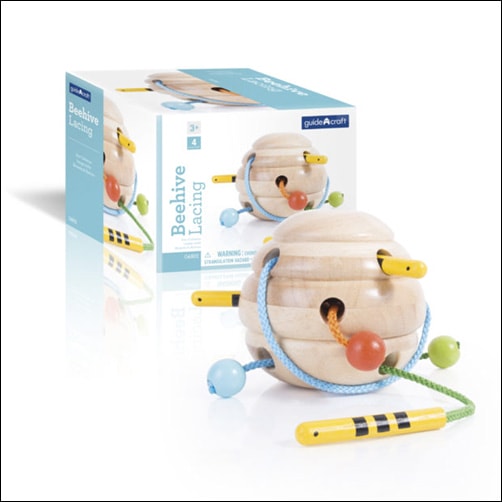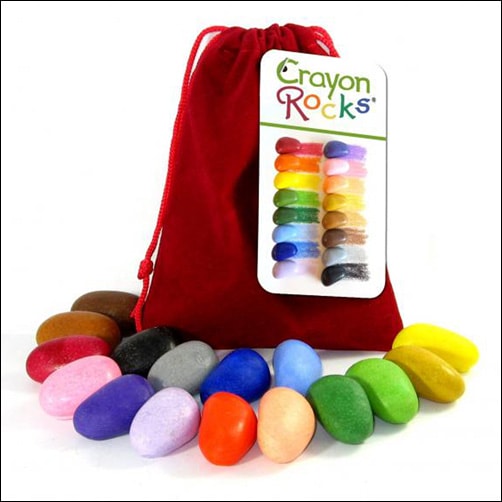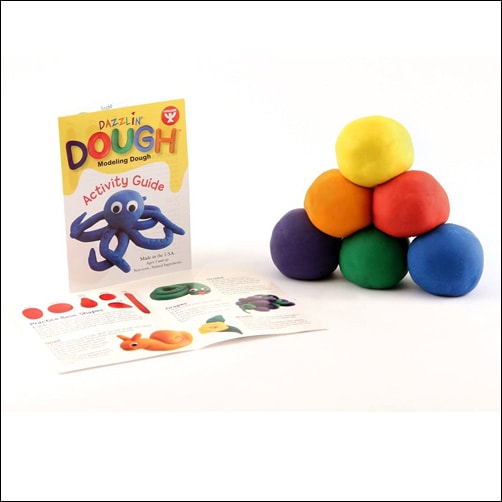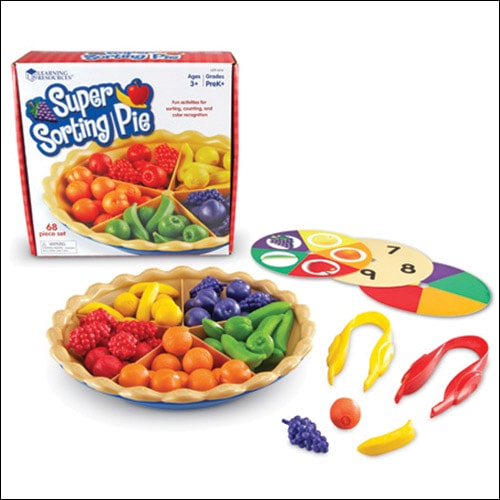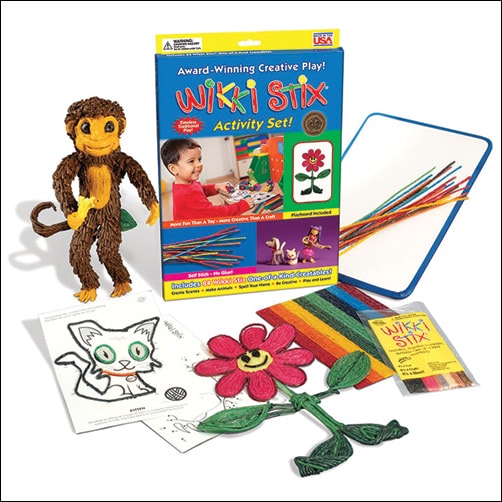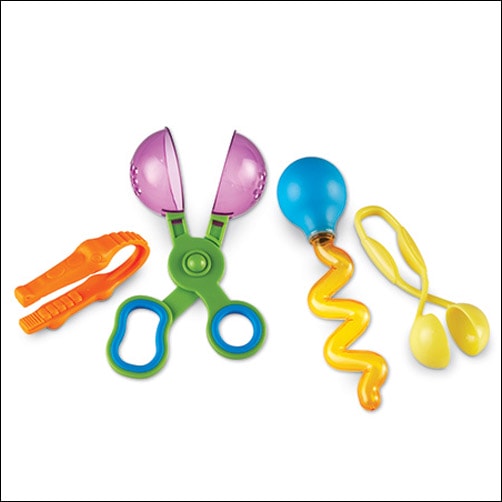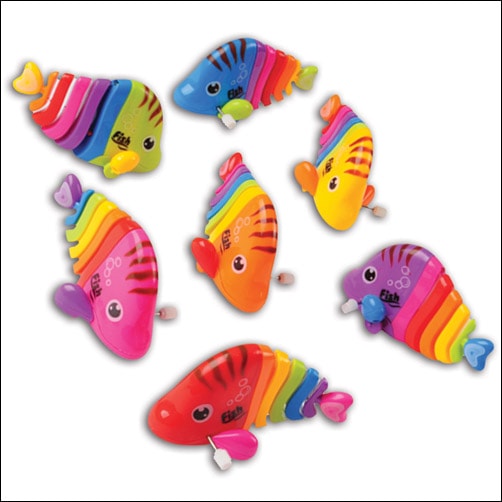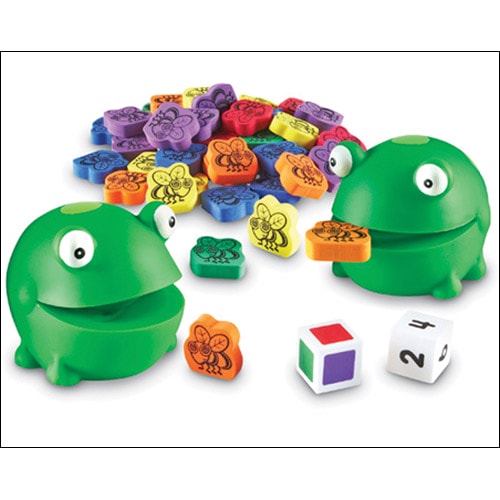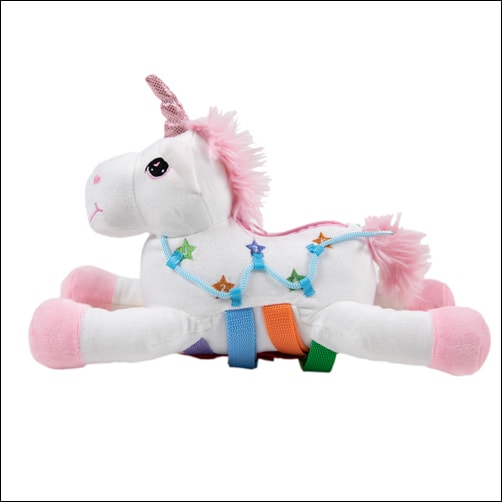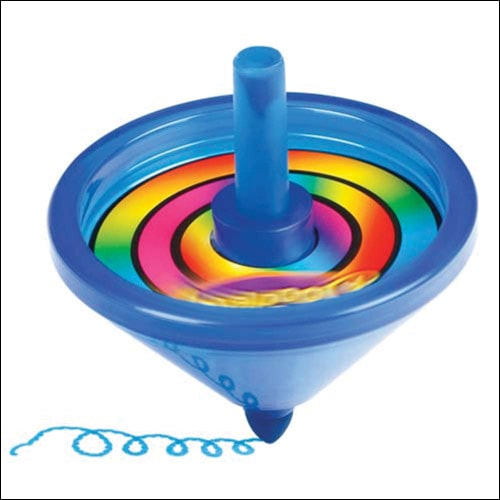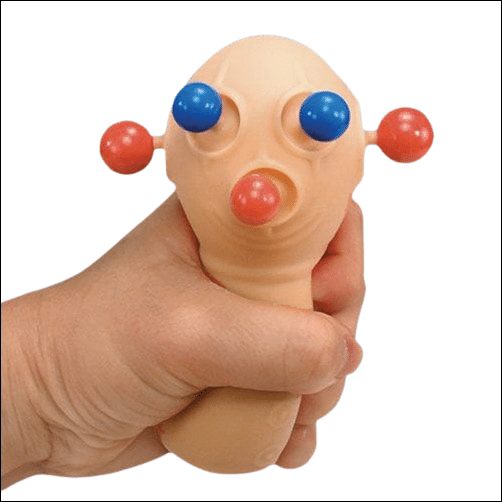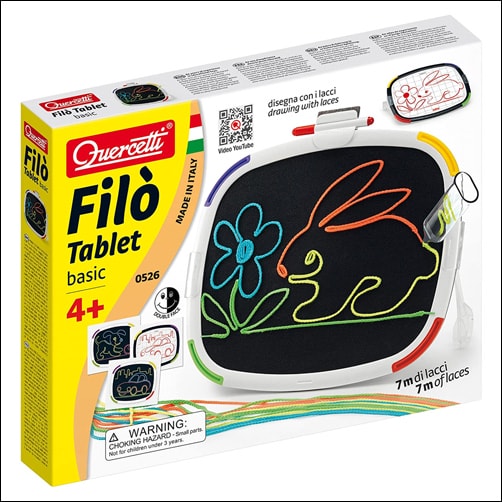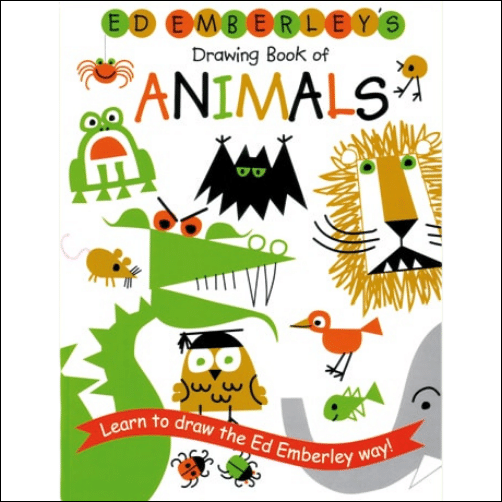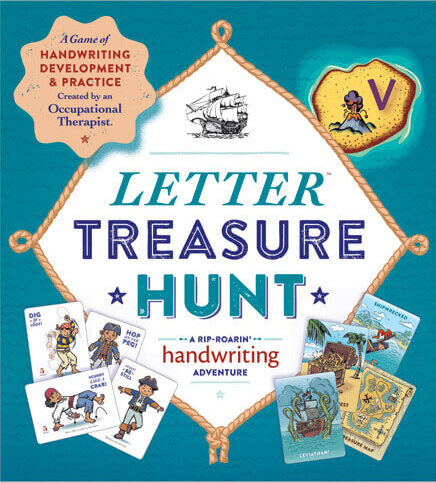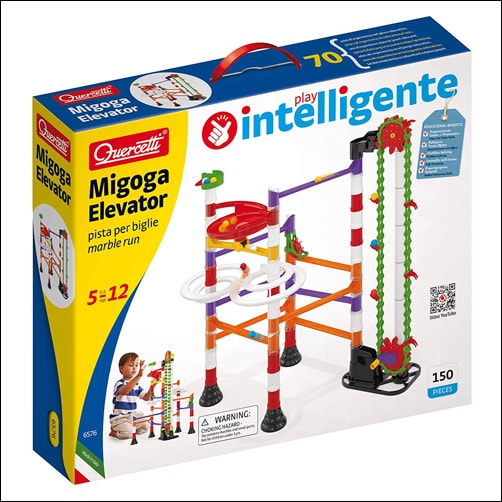As a part of Therapro’s effort to be the resource for families and professionals the Therapro team attended the recent 2023 Assistive Technology Institute Association (ATIA) Conference where we had many opportunities to demonstrate the resources Therapro is known for.
Did you ever notice that Therapro’s logo includes the line “The Resource for Families and Professionals?” Why? We believe that achieving goals toward independence is not only about the use of products, but also about the resources that educate consumers on the uniqueness and rationale behind the products. Because of this strong belief, all of Therparo’s resources are FREE and include FREE webinars, FREE catalogs (5 catalogs), free TheraGram newsletters, free Handy Guides and more.
At ATIA the Therapro team was able to meet up with specialists in the field of assistive technology and share with them many of Therapro’s assistive technology resources that were created by occupational therapist, Allyson Locke and graphic designer Dave Asselin. In this blog we are sharing some of the favorite resources from ATIA 2023.
Therapro’s Mechanical Switch Comparison Chart
Do you work with switches? Do you sometimes struggle to decide which is the best switch to choose for a client? Then this chart, created by occupational therapist Allyson Locke, is for you! It features 11 switches and compares each of them by 6 important factors: Connection type, Activation type, Activation Surface, Feedback, Plug size and Mounting plate. This Chart will help in your decision making and explanation to staff and family members regarding switches.
The Functionalhand: Live Demos & Information Sheet
Getting a chance to try out the functionalhand was a big hit at ATIA 2023 and was one of the most important pieces of adaptive equipment used in activities of daily living shown at ATIA. Created by Linda Merry, OTR and Celine Skertich, PT, the functionalhand has been engineered to assist individuals who have difficulty with grasp. Attendees were amazed by its simplicity and versatility in being used with almost any object. The accompanying handout was sought out by many; it includes a QR Code that takes the viewer to a terrific video showing its MANY different uses. When used with the EazyHold (see next paragraph) the adaptations are greatly expanded.
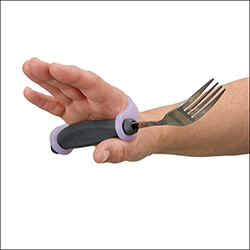
EazyHold – What Can You Adapt?
The patented design of the EazyHold gives children and adults the ability to hold onto many items with ease. ATIA attendees loved the soft feel and flexibility. EazyHolds comes in multiple sizes to help get a better grip on objects small to large. Therapro’s Handy Guide, What Can I Adapt, has great explanations to help you decide which size is best and the many pictures illustrate how to use them in everyday life!
Assistive Technology Handy Guide for Daily Activities
Therapro’s Assistive Technology Handy Guide provides a quick snapshot of available technology, from low to high tech that is available at Therapro. Looking for ideas for increasing access and independence in the classroom or at home? This resource is for you!
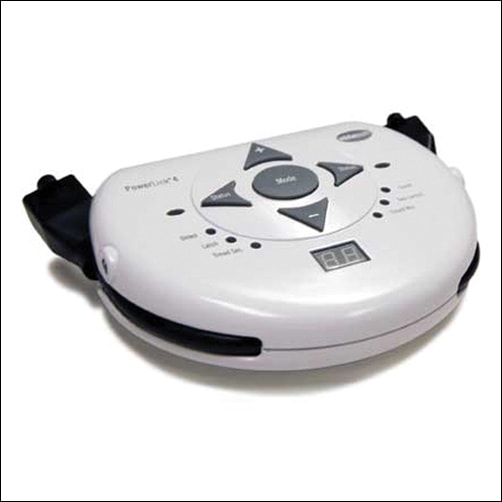
PowerLink Activity Ideas
Another great opportunity we had at ATIA was sharing activity ideas with fellow therapists and of course we brought along some of our favorite ideas! In a previous blog, The Power of a PowerLink in Promoting Access, which is definitely worthy of reading, we shared several ideas for switch adapted activities that can be done with a Powerlink. While at ATIA, occupational therapist and writer of the blog, Allyson Locke, explained and discussed with attendees one of the activities, Switch Adapted Bowling. Check out the blog for additional ideas.



